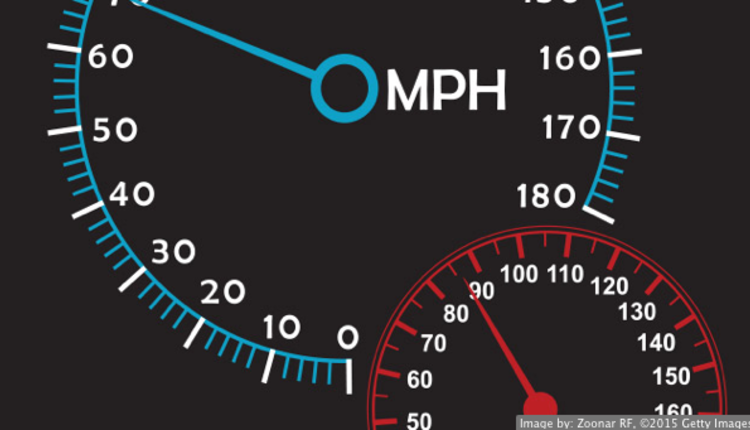
It’s interesting times for customer communications professionals. We are watching two major trends collide as marketing professionals begin to look at customer communication (CCM) management from a customer experience (CX) perspective while operational experts seek to shift applications to SaaS-based platforms to reduce costs. How we react to these trends will have certain consequences in the future that are sure to impact our entire business. Let’s explore the impact of these two intermingling trends on different people within the organization, focusing on four things we need to manage: document design, data governance, predictable costs and exit strategies.
If you ask a CMO, the highest priority will be that every customer communication is designed to fulfill its objective while supporting the brand’s CX standards. Many businesses have been moving some of their easier communications into SaaS-based CCM platforms for a few years now, helping their operations de-risk their hardware infrastructure. However, as businesses move more applications into the cloud, many are finding themselves up against what I like to call a complexity limit. When the work is difficult, it is often impossible to move as many applications to the new system as expected, resulting in the expense of additional silos.
As a CCM practitioner, it’s important to ensure that your strategy delivers on your CX standards for every communication, no matter where it sits in the customer journey. If you allow applications to languish on old systems, your CX ambitions no doubt will be thwarted. As you seek to move CCM applications into SaaS platforms, challenge your vendors with your most complex work from design, collaboration and compliance perspectives. If you allow your vendors to test their services against your weakest project, you may limit your future progress when your needs exceed the capabilities offered.
Now, if you ask the CIO, you’ll soon be told that different types of data require different levels of governance. Whether it is an iron-clad federal or state regulation or simply a corporate policy, data movement most definitely needs to be recorded and analyzed. There are many valid approaches that range from separating applications by communication infrastructure, redesigning applications to use less PII (Personally Identifiable Information), adjusting channel selection and upgrading authentication policies. As you look to your SaaS-based CCM platform, ensure that all the options you currently need and expect in the future are supported. Many businesses find they cannot offload as many processes to a public cloud as they had hoped because of data governance restrictions. It’s important to carefully consider this and factor it in as part of your strategic architecture discussions. Not doing so raises the possibility of an unexpected increase in the cost of design and deployment to support multiple infrastructures that are not integrated.
Finally, if you ask the CFO, they will find several benefits to moving applications to the cloud as the work becomes scalable and predictable while moving to an operational expense line. In theory that is correct, but it is important to pay attention to the scaling factors that cloud based CCM offerings use. As you think of the infinite scalability of a public-cloud CCM utility, it’s important that the costs don’t scale infinitely in a way that doesn’t align to your growth. There are CCM platforms in the cloud that charge based on throughput in terms of communications, area and storage size.
It’s also important to have predictable costs that scale in a way that is in harmony with your revenues. When regulations change, you may have to send out more communications, create longer communications, add graphical elements or otherwise alter your designs. It’s important to understand how those changes can impact your costs. When your SaaS-based CCM vendor charges by size (mb/gb), the vendor is disincentivized to reduce file sizes, which will bloat files to increase download times and hurt CX. Watch out for pricing models that force you to absorb risk and indiscriminately pass platform costs to you. Choose a vendor-partner that charges in a way that is in harmony with your growth metrics.
We’ve made it to the top, so let’s find out the CEO’s perspective. The CEO expects flexibility and optionality in SaaS-based CCM offerings. Today, that flexibility isn’t quite there, as many of the industry’s best case studies for SaaS-based CCM implementation included expensive migration projects that are necessary before the enterprise’s data, designs and rules can be moved. Many of these projects far surpassed their initial service budgets, so it is important to understand the true total costs of the migration. The CEO may find that moving the application to the cloud didn’t make the application any easier. While it may be contractually easy to terminate a cloud-based service, it is not practical.
As you look to migrate to new infrastructures, here is my best advice: Make sure you understand your exit strategies as your design, logic, data manipulation and other critical types of communication-related intellectual property may not be readily accessible or exportable. It is also important to review and fully understand your contract with your vendor-partner to ensure you always have access to your critical business internet protocol (IP) that allows you to switch to another service or you will not have the flexibility you expect in your SaaS-based CCM solution.




















